Search Images
Browse Content (p. 1564)
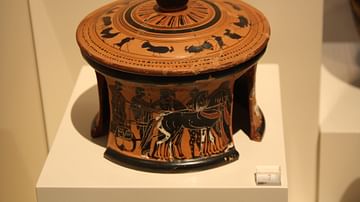
Image
Tripod Pyxis
A black-figure tripod pyxis (lidded box) with scenes of an amazonomachy, Dionysos and Meaneads, and a woman driving a chariot. From the Kerameikos Athens, c 500 BCE. (National Archaeological Museum, Athens)

Image
Red-figure Tondo Depicting a Youth
The tondo from a red-figure kylix depicting a youth carrying a wineskin and staff. By the Eueurgides painter, Corinth, 515-500 BCE. (National Archaeological Museum, Athens).
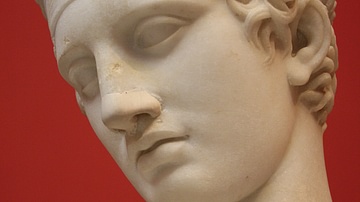
Image
Greek Athlete
A Greek athlete wearing the ribbon of victory (diadoumenos). 1st century BCE copy of a 5th century BCE original by Polykleitos, Delos. (National Archaeological Museum, Athens)
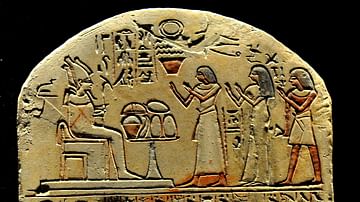
Image
Stela of Khai
Limestone stela of Khai, the follower of the king. From modern-day Egypt. New Kingdom, 18th Dynasty, circa 1400 BCE. (State Museum of Egyptian Art, Munich, Germany).
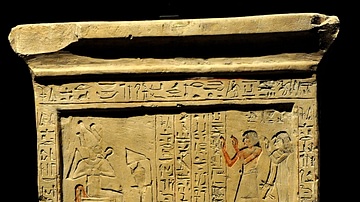
Image
Stela of Pairi
Limestone stela of Pairi. The stela was re-used again by Nefery. From modern-day Egypt. New Kingdom, 18th Dynasty, circa 1300 BCE. (State Museum of Egyptian Art, Munich, Germany).

Image
Stela of Amunherhetef
Limestone stela of Amunherhetef, the fan-bearer. From modern-day Egypt. New Kingdom, 18th Dynasty, circa 1380 BCE. (State Museum of Egyptian Art, Munich, Germany).

Image
Stela of Ptahmay
Limestone stela of the chief of police, Ptahmay. From modern-day Egypt. New Kingdom, 18th Dynasty, circa 1300 BCE. (State Museum of Egyptian Art, Munich, Germany).
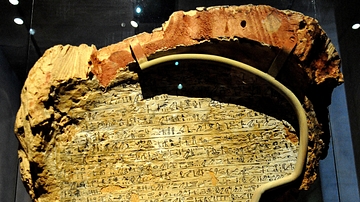
Image
Coffin of Sitdjehuti, Back View
Sitdjehuti was a sister and daughter of Egyptian pharaohs. This is the back side of the the upper part of her coffin, which was made of gold-plated sycamore wood and stucco. There are hieroglyphic inscriptions. From Western Thebes, modern-day...
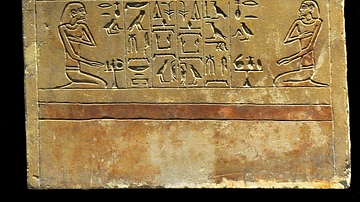
Image
Stela of Nefernay
Limestone stela of Nefernay with his nurse and family. From modern-day Egypt. Middle Kingdom, circa 12th Dynasty, circa 1800 BCE. (State Museum of Egyptian Art, Munich, Germany).

Image
Coffin of Sitdjehuti, Close-Up of Interior
Sitdjehuti was a sister and daughter of Egyptian pharaohs. This is a close-up view of the back side of the the upper part of her coffin, which was made of gold-plated sycamore wood and stucco. There are hieroglyphic inscriptions. From Western...